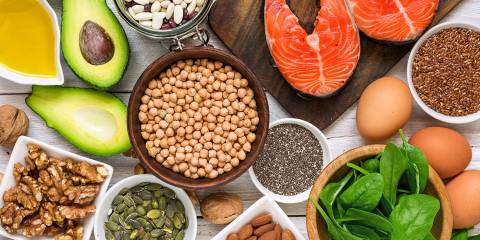In response to consumer demand to know if the food they’re eating contains genetically modified organisms (GMOs), President Obama signed a law in 2016 requiring that genetically modified food be labeled as such. The law requires food makers to start using those labels in 2020.
Instead of sporting the term “genetically modified,” the labels will say “bioengineered” or “BE.” Early label prototypes include versions that look like smiling suns, but companies will have different options. Labels can use one-liners that state “contains a bioengineered food ingredient”; they can display whatever becomes the standard icon; or they can include a QR code that directs people to a company website with more information.
There is still some debate about which foods need to be labeled.
What Is a GMO?
A GMO is a plant, animal, micro-organism, or other organism whose genetic makeup has been modified with laboratory techniques that insert genetic material from one species into another in ways that can’t occur in nature or in traditional crossbreeding.
For example, soybeans have been modified with a gene from a soil bacterium that makes the crop immune to glyphosate. GM soy is used to make soybean oil for cooking as well as an emulsifier called soy lecithin, which is found in many processed foods, including snack bars.
GMO crops were first planted in the US in the mid ’90s. In addition to soybeans, other common genetically modified foods include alfalfa, apples, canola, corn, papaya, potatoes, squash, and sugar beets. These ingredients can be found in most processed foods—including cereal, soup, salad dressings, potato chips, and soda. In addition to being turned into corn starch and high-fructose corn syrup, GM corn is also used to feed livestock.
Refined GMO Foods are Still Up for Debate
The USDA may decide to exempt highly refined sugars and oils, such as those made from genetically modified soybeans or corn, from the bioengineering labeling requirement, on the grounds that the refining process leaves these foods with no detectable recombinant DNA. Consumer groups argue that this means the vast majority of GMO foods may not end up being labeled—confusing consumers and defeating the intended aim of transparency.
At press time, the labeling rules had not been finalized.




